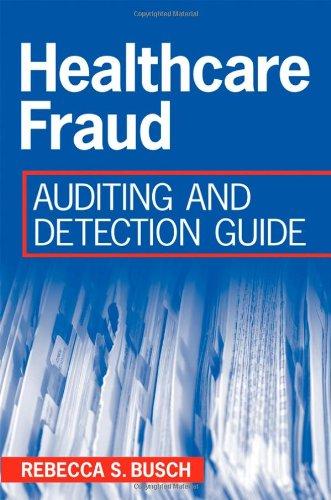Number of moves 1,680 moves Physical Flow, Equivalent Units, Unit Costs, No Beginning WIP Inventory Activity-Based Costing, DBC Mckay, Inc., produces a subassembly used in the production of hydraulic cylinders. The subassemblies are produced in three departments: Plate cutting, Rod Cuttin Welding Materials are added at the beginning of the process. Overhead is applied using the following drivers and activity rates: Actual Usage Driver Rate (by Plate Cutting) Direct labor cost 170% of direct labor $87,840 Inspection hours $40 per hour 4,002 hours 5100 per move During the first quarter, the Plate Cutting Department used 29,700 hours (direct, indirect, and machine hours) to produce the quarter's output other quarterly data te the Plate Cutting Department are as follows: Beginning work in process, January 1 Units started 90,000 Direct materials cost Units, ending work in process (100% materials: 64% conversion), March 31 6,000 Required: 1. Prepare a physical flow schedule. If an answer is zero, enter "o". $810,000 Mckay, Inc. Physical flow schedule Units to account for bo 1. Prepare a physical flow schedule. If an answer is zero, enter "O". Mckay, Inc. Physical flow schedule Units to account for: 00 Total units to account for Units accounted for: Units, beginning WIP Units, ending WIP Units started 2. Calculate equivalent units of production for: Equivalent Units a. Direct Materials b. Conversion Costs 3. Calculate unit costs for the following. Round your answers to the nearest cent. a. Direct materials per unit b. Conversion costs per unit c. Total manufacturing per unit 3. Calculate unit costs for the following. Round your answers to the nearest cent. a. Direct materials per unit b. Conversion costs per unit C. Total manufacturing per unit 4. Provide the following information: a. The total cost of units transferred out b. The journal entry for transferring costs from Plate Cutting to Welding c. The cost assigned to units in ending Inventory. Round your answers to the nearest cent. 5. Suppose the plant manager asked the following questions: a. What is the actual cycle time for the conversion cost output for the plate subassembly (round to four decimal places)? hours per unit b. What is the conversion cost rate for the first quarter, using total conversion costs and total time (round to the nearest cent)? per hour C What is the conversion cost per unit, using duration-based costing (round to the nearest cent)? d. According to production engineering, if efficiency were increased to an ideal level, then the cycle time should be 0.20 hours. If this were to occur what would the cost per plate be? (round to the nearest cent)? Identify the data analytic types (descriptive, diagnostic, predictive, or prescriptive) that apply to parts through d. (see Exhibit 2.5 and Exhibit 2.6 for a review of data analytic metrics). Note: More than one data analytic type might apply. The first three calculations are in nature. The last calculation has clements of










